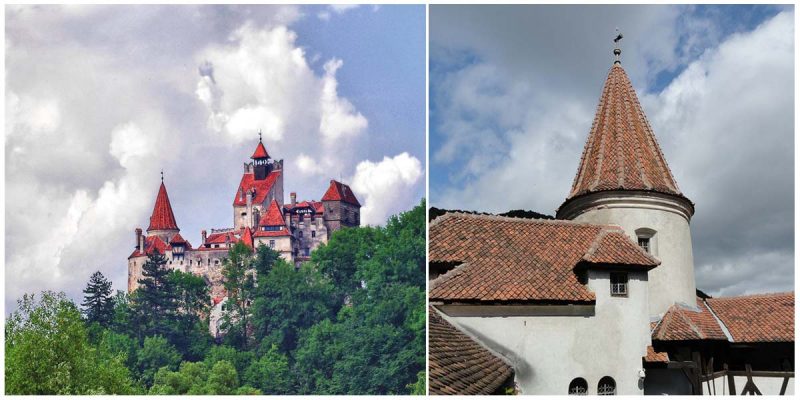Bran Castle is a national monument and landmark in Romania situated near Bran and in the immediate vicinity of Brasov.
Surrounded by an aura of mystery and legend, the fortress is commonly known as “Dracula’s castle”. It is the home of the title character in Bram Stoker’s Dracula.
The fortress is situated on the border between Transylvania and Wallachia but there are no evidence that Stocker knew anything about it or ever visited Transylvania.

Teutonic Knights built the wooden castle of Dietrichstein in 1212, as a fortified position in the Burzenland at the entrance of a mountain pass through which traders had traveled for over a millennium.
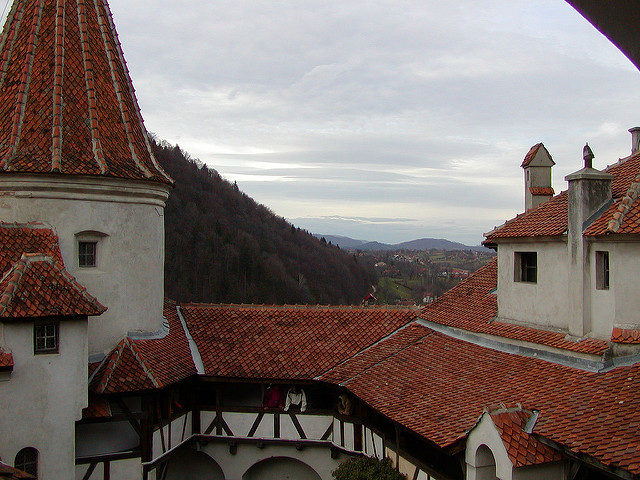
The castle was destroyed in 1242 by the Mongols. In 1438 until 1442, the castle was used in defense against the Ottoman Empire, and later became a customs post on the mountain pass between Transylvania and Wallachia.
Vlad Tepes, the Wallachian ruler, doesn’t seem to have had a significant role in the fortress, although he passed several times through the Bran Gorge. The castle belonged to the Hungarian kings but due to the failure of King Vladislas II to repay loans, the city of Brasov regained possession of the fortress in 1533. The castle was a military fortress until the mid 18th century.
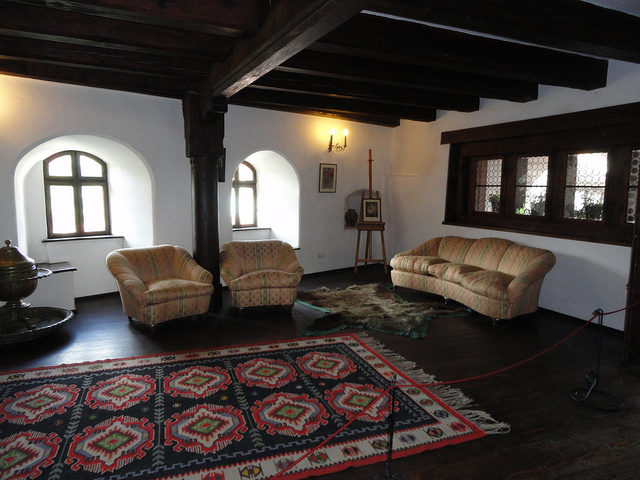
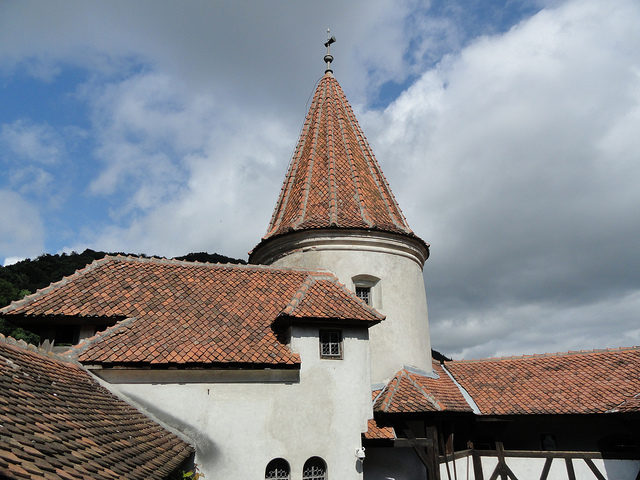
In 1920, it became a royal residence within the Kingdom of Romania and it was the favorite home and retreat of Queen Marie. An extensive renovation was made by the Czech architect Karel Zdenek Liman. Later, the castle was inherited by Queen Marie’s daughter who ran a hospital there in World War II. In 2005, the owner of the castle was Dominic von Habsburg, the son of Queen Marie’s daughter.
The castle is now a museum open to tourists and several displays are devoted to Queen Marie. Her belongings are carefully displayed alongside a video footage. Tourists can see the interior individually or by a guided tour.
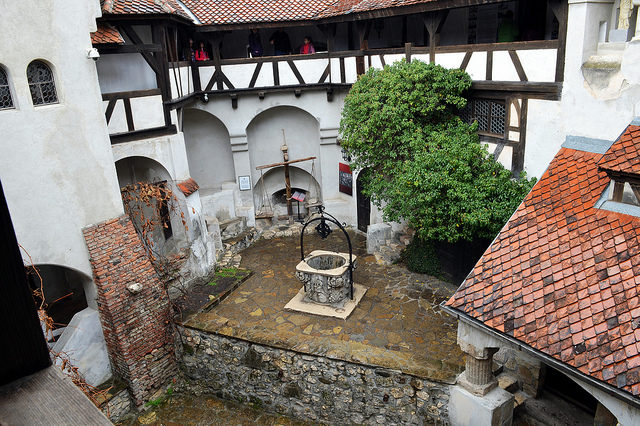
According to Romania Tourism, narrow winding stairways lead through 60 timbered rooms, many connected by underground passages, which house collections of furniture, weapons, and armor dating from the 14th to the 19th century.
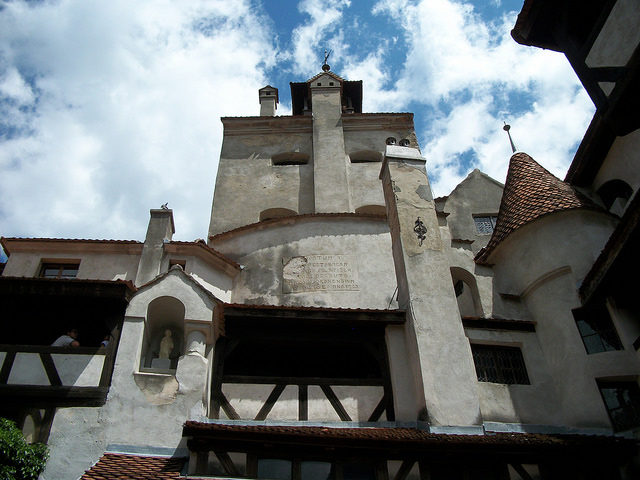
One of the finest rooms is the former bedroom of Queen Marie’s husband King Ferdinand, with decorated furniture and ceramic fireplace.
At the bottom of the hill, there is a small open-air museum park exhibiting traditional Romanian peasant structures from across the country. The castle hosts atmospheric events during the year, especially on Halloween.
